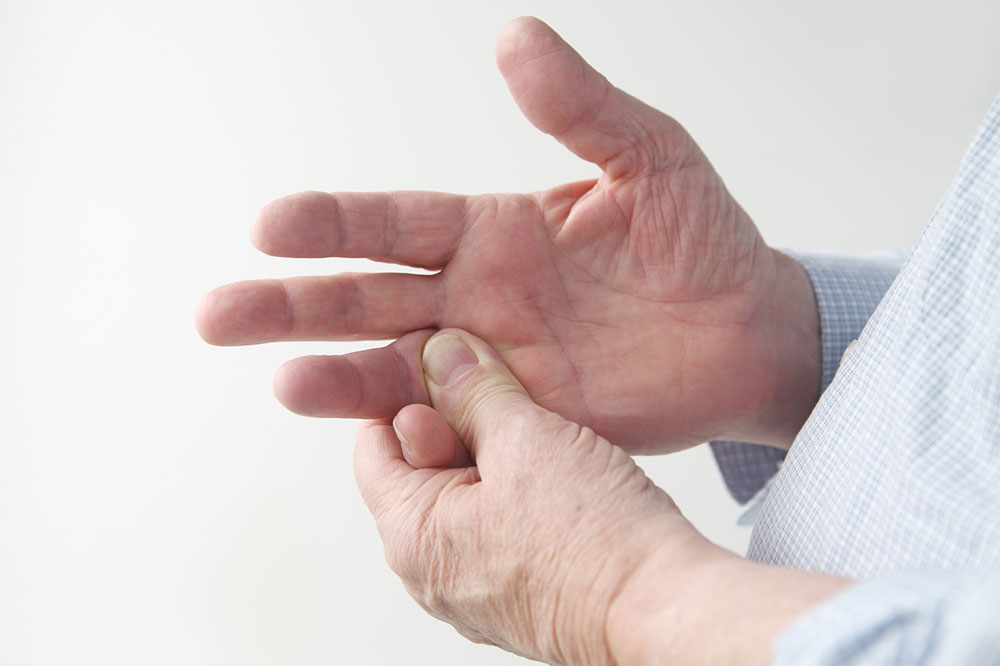Comprehensive Guide to Joint Discomfort: Causes, Symptoms, and Effective Treatments
This comprehensive article explores joint discomfort by detailing its various types, causes, symptoms, and management options. It covers common conditions affecting joints, such as osteoarthritis and rheumatoid arthritis, and emphasizes the importance of early diagnosis, lifestyle changes, medications, and surgical options. Ideal for those seeking in-depth knowledge about joint health, the guide provides practical tips for managing symptoms and improving quality of life, making it a valuable resource for patients, caregivers, and healthcare providers alike.

An In-Depth Look at Joint Discomfort: Causes, Types, and How to Manage It
Joint discomfort, a common health concern often referred to as arthritis or joint inflammation, can significantly impact daily life by causing pain, stiffness, and reduced mobility. This condition can involve one or multiple joints within the body, affecting people of all ages but is predominantly seen in older adults. There are nearly 200 different types of joint-related conditions; however, some variants are far more prevalent and studied extensively. Understanding these types, their underlying causes, symptoms, and available treatment options is crucial for effective management and improved quality of life.
Most people are familiar with the primary categories such as inflammatory arthritis, degeneration-related arthritis, and soft tissue musculoskeletal pain. Yet, additional conditions affecting joints include back pain, connective tissue disorders, infectious arthritis, and metabolic arthritis, each with specific features, risk factors, and treatment approaches. While manifestations typically develop gradually over time, some cases can present suddenly, necessitating prompt evaluation and intervention.
Joint discomfort affects a broad demographic, especially individuals over the age of 65, but also children, teenagers, and younger adults may experience symptoms depending on underlying causes. Women tend to report joint issues more frequently than men, and individuals carrying excess weight face higher risks due to increased stress on weight-bearing joints such as the knees, hips, and lower back. Recognizing these patterns helps in early diagnosis and tailored treatment strategies.
Understanding the causes of joint discomfort is essential, as they vary with the specific type of arthritis or joint disorder. Key contributing factors include:
Injuries, which cause wear and tear on joints over time
Metabolic issues, such as gout or pseudogout, resulting from abnormal uric acid or calcium crystal deposits
Genetic predispositions, notably osteoarthritis, which often runs in families
Infections that infect joint tissues and lead to infectious arthritis
Immune system dysfunctions, leading to autoimmune diseases like rheumatoid arthritis
A common challenge across many joint conditions is the progressive loss of cartilage, the flexible tissue that cushions bones and absorbs impact during movement. Cartilage degeneration results from aging processes, injury, or infections, and it plays a pivotal role in developing conditions like osteoarthritis. In autoimmune disorders such as rheumatoid arthritis, the immune system mistakenly attacks joint tissues, causing inflammation, cartilage destruction, and chronic pain. Recognizing these causes allows for precision-targeted interventions, improving patient outcomes.
Managing joint discomfort effectively involves a combination of medications, lifestyle modifications, therapies, and in some cases, surgical procedures. Goals include alleviating pain, slowing joint deterioration, and restoring optimal joint function. Standard treatment modalities encompass:
Pharmacological treatments such as analgesics, anti-inflammatory drugs, and disease-modifying agents
Non-drug therapies including physical therapy, occupational therapy, and alternative treatments
Supportive aids like splints or braces to stabilize affected joints
Weight management to reduce stress on joints
Surgical options such as joint replacement or repair procedures for severe cases
Specific medications vary depending on the type of joint disorder:
Pain relief medications such as acetaminophen and NSAIDs
Topical creams containing capsaicin or menthol to ease localized pain
Biologic agents and immunosuppressants for autoimmune conditions
Corticosteroids to decrease inflammation during flare-ups
Self-care and nutritional strategies: Maintaining a balanced diet rich in omega-3 fatty acids from fish, antioxidants from fruits and vegetables, healthy fats from nuts and olive oil, and adequate hydration can promote joint health. Regular exercise, tailored to individual capabilities, helps strengthen muscles and improve joint stability. Managing fatigue, ensuring proper rest, and avoiding foods that promote inflammation—such as refined sugars and processed foods—are vital for symptom control. Keeping track of symptoms and flare-ups enables patients to work closely with healthcare providers to optimize treatments and prevent disease progression.
Early consultation with healthcare professionals is essential for accurate diagnosis and personalized treatment planning. Comprehensive evaluation, including medical history, symptom analysis, imaging, and laboratory tests, guides effective intervention strategies tailored to each individual's needs.





